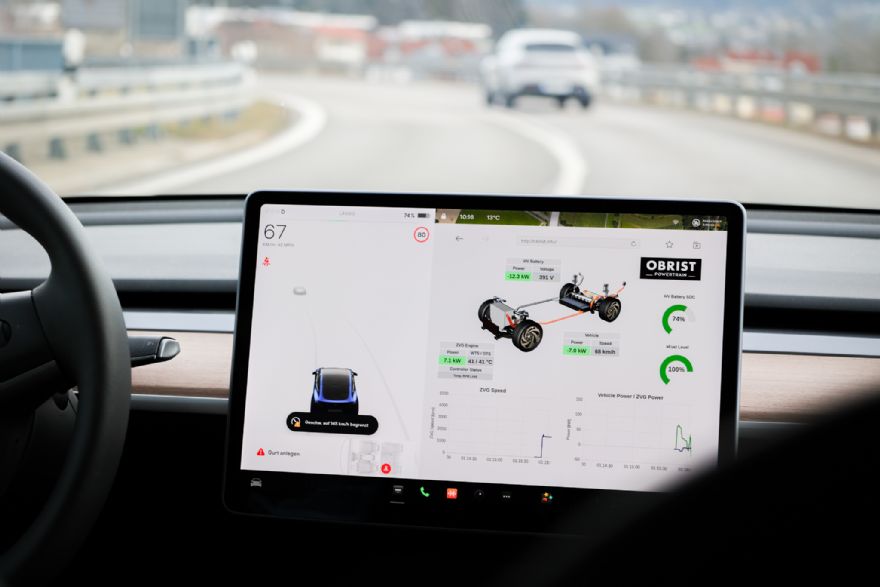
Frank Obrist, an inventor, entrepreneur and CEO of the
Obrist Group — which aims is to ‘lead the entire automotive industry, global mobility, and humanity into a CO
2-neutral future — argues that ‘the question of a ban on combustion engines in the European Union (EU) is being discussed in far too many black and white terms’ and argues for an ‘intelligent use of combustion engines’ as a political, technical, and social compromise rather than an outright ban, with combustion engines no longer being used for direct propulsion but as compact power generators to charge batteries within the vehicle.
“This intelligent combination could become a lifeline for the European automotive industry, because it is environment-friendly on the one hand, and fulfills consumers’ wishes for driving without range anxiety and long charging times on the other. Consumers would love this type of vehicle because it allows them to drive electrically but avoids all the disadvantages of conventional e-mobility.”
Mr Obrist, whose industrial group has developed such a concept to the prototype stage under the name Hyperhybrid, explained: “The vehicle is powered by an electric motor, but the large and heavy battery blocks of conventional electric cars are replaced by a compact combustion engine that is used exclusively to generate the electricity for the electric drive.”
Thorsten Rixmann, Obrist Group’s chief marketing officer, said such a compromise would ‘combine the best of both worlds’, highlighting that the United Nations Industrial Development Organisation (UNIDO) has already recognised this concept as the ‘Most Promising Solution Award Winner’ in the ‘Energy Efficiency’ category in 2023.”
Maximum economyHe continued: “As the combustion engine functions exclusively as an electricity generator, it always runs in the optimum speed range for maximum economy; and it can be designed to run on both petrol and e-fuels. In prototypes, we have achieved consumption figures of around 1.5 litres of petrol and 3.3 litres of methanol per 100km, with the battery merely an energy store between the generator and the electric motor and therefore much more compact than in a conventional electric car.”
In prototypes from the Obrist Group, the so-called ‘CO
2 rucksack’ (the CO
2 emissions associated with battery production), could be kept around 85% lower compared to purely battery-electric e-cars; and in series production, the Hyperhybrid would be significantly cheaper than battery-only vehicles because the high costs for the battery block would be largely eliminated.
Regarding the future, Mr Rixmann added: “The industry’s investments in e-car platforms remain secure, as these platforms can be adapted for the next generation of Hyperhybrids. In simple terms, the bulky battery packs are replaced by a compact power generator with a small fuel tank and a high-performance battery. While this is more complex in practice, it represents a viable long-term strategy for the European auto industry, especially considering the current hesitancy around fully battery-electric cars—assuming policymakers support this direction.”